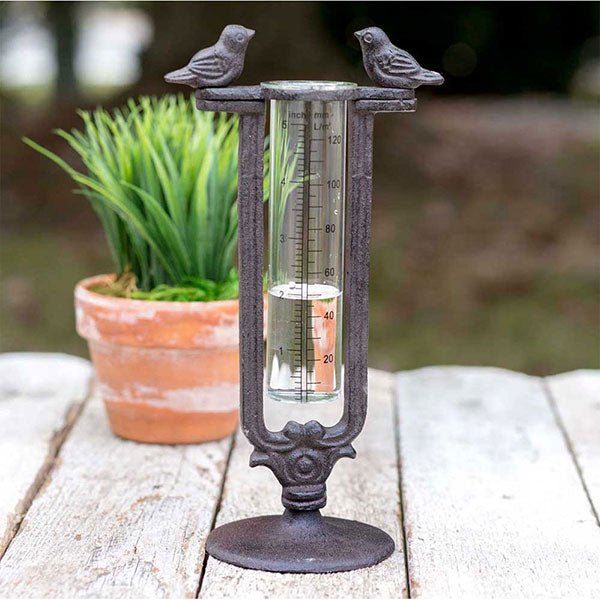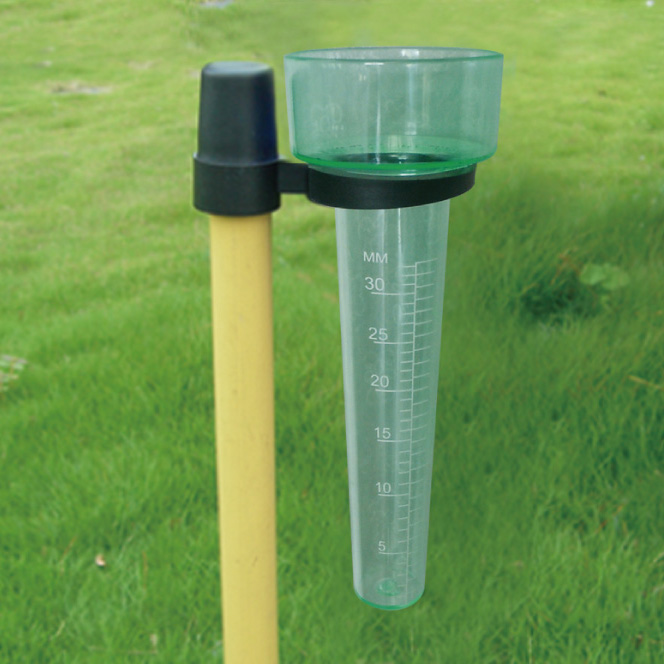The Rain Gauge: Encouraging Areas with Specific Rain Information
The Rain Gauge: Encouraging Areas with Specific Rain Information
Blog Article
Understanding Rainfall Gauge Dimensions: A Complete Overview
Recognizing Rain Scale Dimensions: A Complete Overview is an extensive source for anyone looking for a much deeper understanding of rain gauge dimensions. Rain is a crucial aspect in numerous industries, including agriculture, water, and weather forecasting resource management. This overview intends to give readers with an extensive understanding of the significance of rain scale dimensions, the various kinds of rainfall determines offered, and just how these dimensions are gotten and translated. Furthermore, it checks out the aspects that can affect the accuracy of rainfall gauge readings and uses sensible tips for obtaining precise measurements. Whether you are an expert in the field or simply have an interest regarding rainfall measurement, this guide will equip you with the knowledge needed to effectively make use of rainfall gauge measurements.
The Significance of Rain Scale Measurements
The importance of rainfall scale measurements hinges on their role as an important tool for properly analyzing and keeping track of precipitation levels - The Rain Gauge. Rain scale measurements provide important data that helps meteorologists and hydrologists recognize patterns and patterns in rainfall, which subsequently aids in numerous fields such as farming, water resource management, and environment research study

Precise rains measurements are necessary for farming as they help in establishing irrigation demands, plant development, and yield forecasts. Farmers depend on this details to make informed decisions regarding when to sprinkle their crops, avoiding water waste and making certain optimal crop health and wellness. In addition, rains data helps in evaluating the influence of dry spells or excessive rains on plant production, allowing farmers to take suitable measures to lessen losses.
Water source monitoring greatly counts on rainfall scale measurements to identify the quantity of water available in rivers, storage tanks, and lakes. Exact dimensions make it possible for water supervisors to make educated decisions regarding water appropriation and circulation, making certain lasting usage and stopping lacks. This info is particularly essential in areas where water shortage is a pressing issue.
Furthermore, rain gauge measurements play an important function in climate research. By properly gauging rainfall over extended durations, scientists can examine long-lasting climate patterns and recognize adjustments in rainfall patterns due to environment adjustment. This data helps researchers and policymakers develop strategies to adjust to and alleviate the effects of environment modification.
Types of Rainfall Gauges
There are various kinds of rain gauges utilized to measure rainfall precisely. Each kind has its very own advantages and constraints, making them suitable for various functions and environments.
One of the most typical kind of rain gauge is the common round gauge. It is composed of a round container with a large funnel-shaped top to collect rain (The Rain Gauge). The water is then channelled into a finished determining tube, permitting specific dimension of the amount of rains
Another kind is the evaluating rainfall gauge. This scale makes use of a delicate balance to gauge the weight of the gathered rains. By converting the weight into quantity, the amount of precipitation can be established. Considering rainfall gauges are specifically useful in areas with frozen precipitation or hefty rains, as they are not affected by spraying or dissipation.
Tipping bucket rainfall determines employ a mechanism that ideas a tiny pail each time it collects a certain quantity of rain. The variety of tips is tape-recorded and utilized to compute the rains. This kind of scale is commonly used in automated weather stations because of its low maintenance demands and capability to give real-time data.
Ultimately, there are radar-based rainfall determines that usage radar modern technology to estimate rainfall. These gauges measure the intensity of rainfall in a specific area by assessing the reflected radar signals. They are particularly useful for measuring rainfall over big locations or in remote areas.
Exactly How Rainfall Gauge Measurements Job
Rainfall scale measurements are based on the concept of accumulating and gauging the quantity of rainfall. These instruments are designed to record rainwater and offer an accurate dimension of the rainfall in a specific location.
The most usual kind of rain scale is the common cylindrical gauge. It contains a cylindrical container with a vast opening at the leading to collect rain. The gathered water is after that funneled right into a determining tube, which is calibrated to supply the dimension in devices of size, usually millimeters or inches.
One more sort of rainfall scale is the tipping container scale. When they get to a find more info certain weight limit, it uses a seesaw-like device with two pails that tip. Each suggestion of the pail represents a certain volume of rainfall, enabling accurate dimensions.
Some sophisticated rainfall evaluates are equipped with electronic sensing units that automatically document and transmit information. These sensors make use of different innovations such as ultrasound or laser to measure the quantity of rains precisely.
Variables Affecting Rainfall Scale Accuracy
Aspects that can impact the precision of rain scale measurements consist of different ecological and functional variables. Ecological elements such as wind, temperature level, and air pressure can substantially influence the precision of rain gauge measurements. Strong winds can trigger the rainfall scale to turn or relocate, causing incorrect analyses. Similarly, extreme temperatures can trigger evaporation or freezing of the gathered rainwater, causing altered dimensions. Adjustments in air pressure can additionally influence the precision of rainfall scale measurements, as they can change the rate at which rainfall is gathered.
Operational variables, on the other hand, describe factors related to the style, setup, and maintenance of the rain scale. The positioning of the rain gauge in an area with obstructed airflow or near trees or structures can bring about imprecise this content analyses due to clog or splattering of rainfall. Inappropriate calibration or irregular upkeep of the rainfall gauge can additionally impact its precision.
To make sure the accuracy of rainfall gauge dimensions, it is necessary to think about these factors and take ideal steps. This might include picking a proper location for the rainfall gauge, making certain proper installment and maintenance, and regularly calibrating the tool. By attending to these factors, trusted and accurate rains dimensions can be acquired, which are crucial for numerous applications such as weather forecasting, hydrological researches, and agriculture.
Tips for Precisely Gauging Rainfall
To make sure specific rainfall measurements, it is critical to implement certain techniques and techniques when making use of a rainfall gauge. Right here are some pointers for accurately measuring rainfall:
Correct Positioning: Place the rain gauge in an open location, far from trees, structures, and other obstructions that might conflict with the rains collection. It should be positioned on a see post level surface area to stay clear of water merging or runoff.

Read the Scale Correctly: When taking dimensions, reviewed the water degree at eye degree from all-time low of the crescent. Prevent parallax mistakes by aligning your sight directly with the water degree.
Regular Time Period: Establish a regular time period for gauging rains, such as every 24 hr or after each rainfall event. This ensures exact monitoring and contrast of precipitation data.
Document Measurements Without delay: Tape rainfall measurements as soon as feasible after collection to avoid dissipation or spillage. Use a rainfall scale with a built-in data logging function for automatic recording.
Conclusion
In verdict, comprehending rainfall gauge measurements is crucial for precisely gauging rainfall. It is crucial to consider aspects that can affect the accuracy of rainfall scale measurements, such as wind, placement, and evaporation.
Understanding Rain Gauge Dimensions: A Full Guide is a detailed source for anyone seeking a much deeper understanding of rainfall scale measurements. Whether you are an expert in the field or merely have a curiosity about rainfall measurement, this overview will certainly outfit you with the knowledge needed to efficiently use rainfall scale measurements.
The most common type of rain gauge is the common round scale.The most common type of rain gauge is the common round scale.Another kind of rainfall gauge is the tipping pail scale.
Report this page